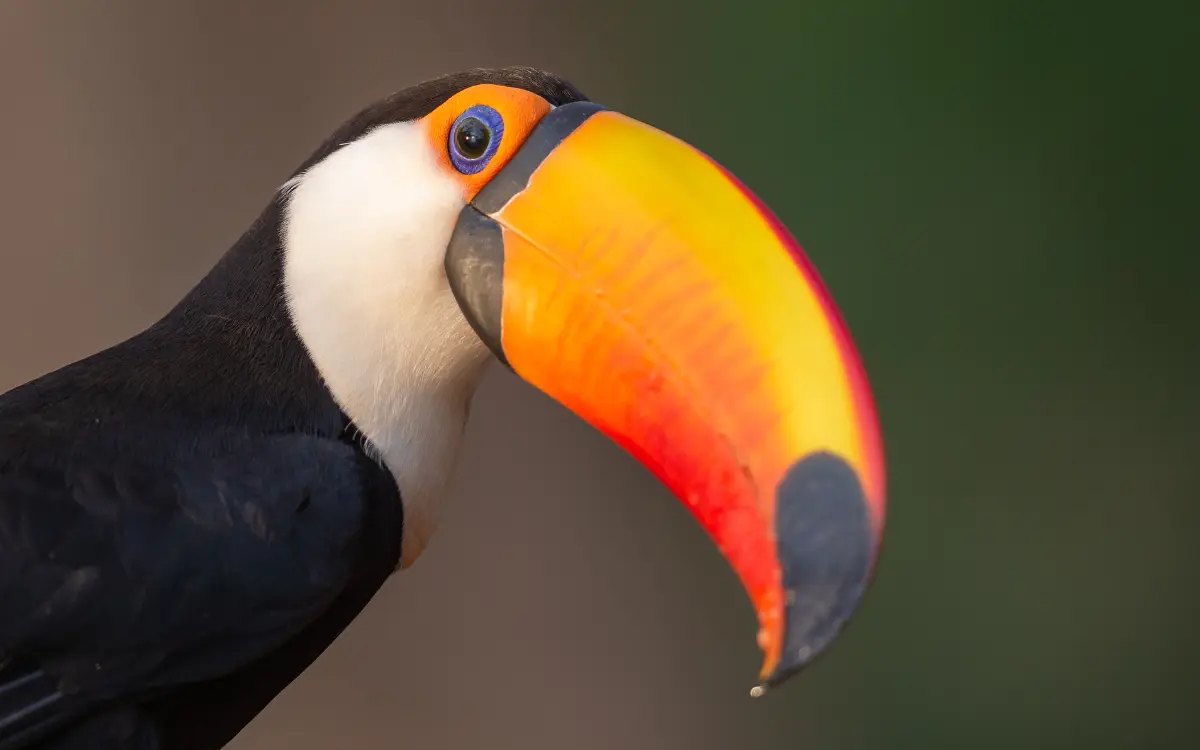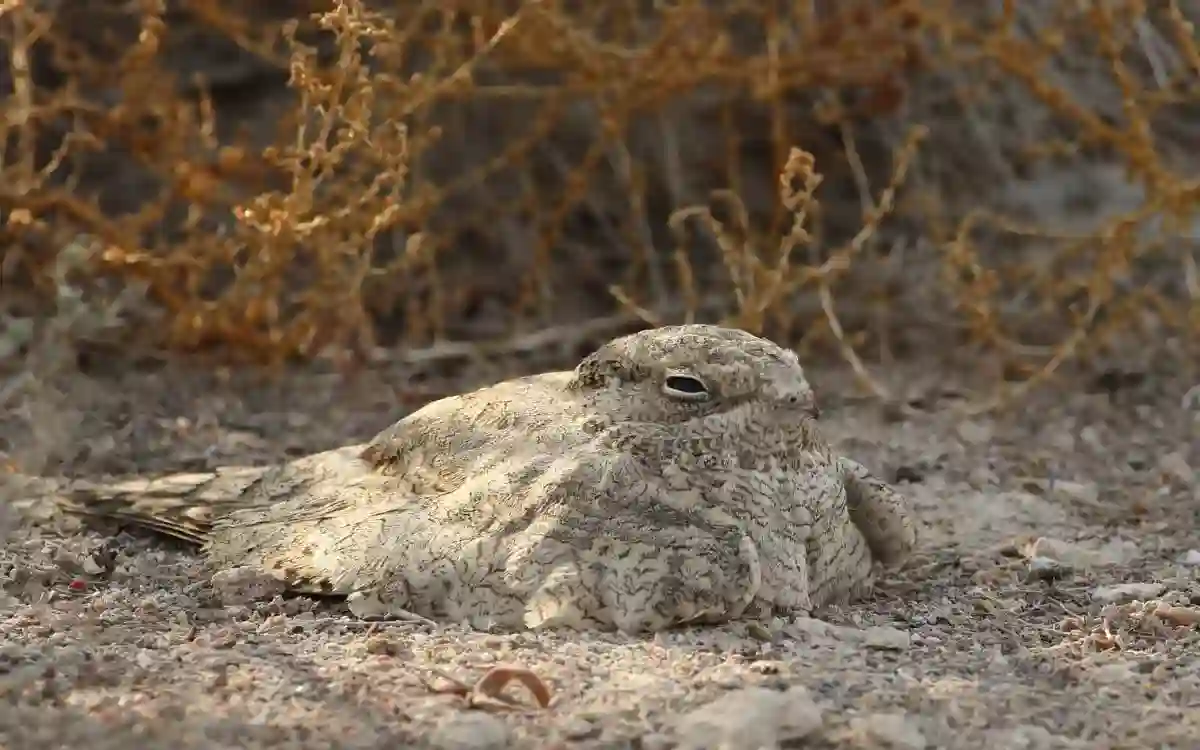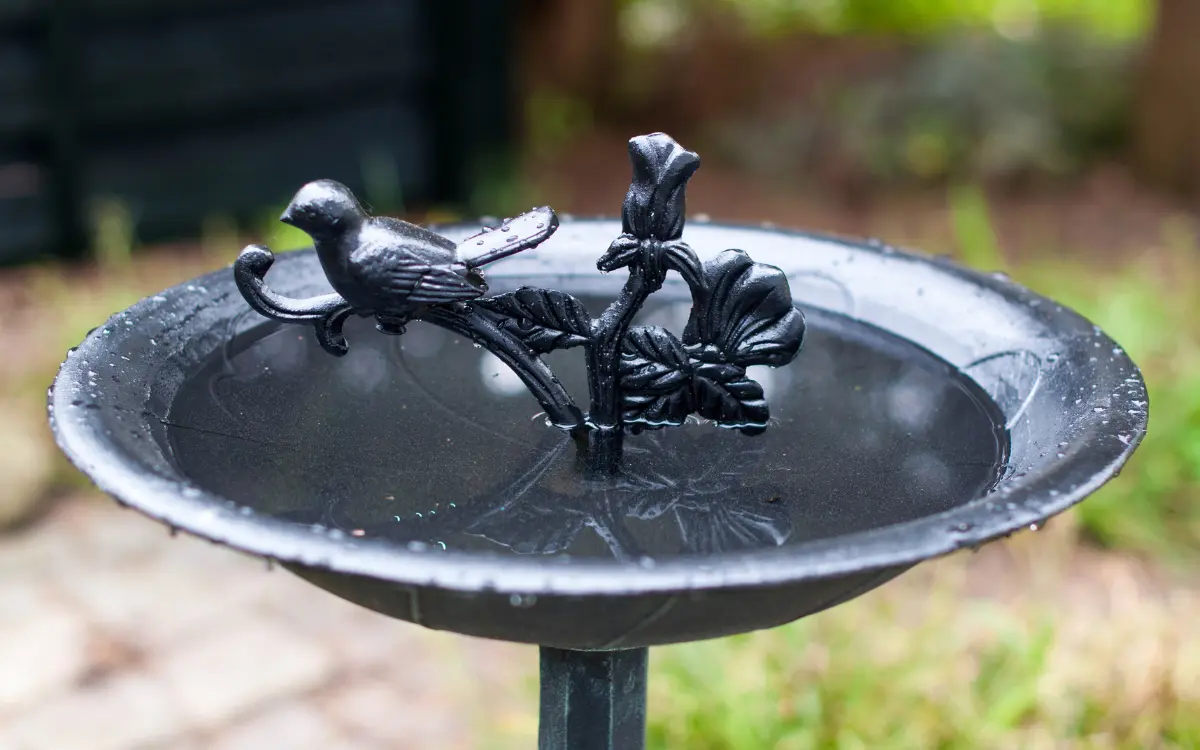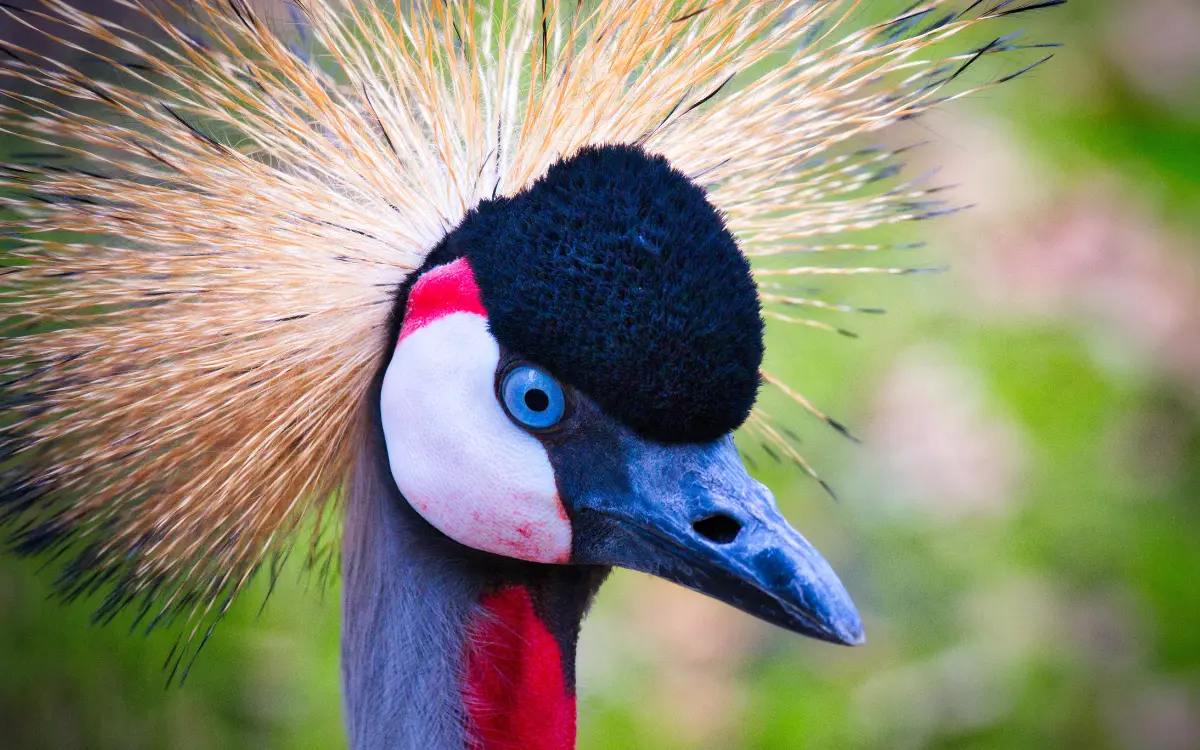10 Bird similar to Ostrich: That looks like the same
Discover the Emu, a bird strikingly similar to the ostrich. Native to Australia, emus are the second-largest birds in the world. With their impressive height and distinctive shaggy feathers, they can’t fly but are exceptionally fast runners, embodying nature’s remarkable diversity.
List of 10 Bird similar to Ostrich:
1.Emus (Dromaius novaehollandiae):
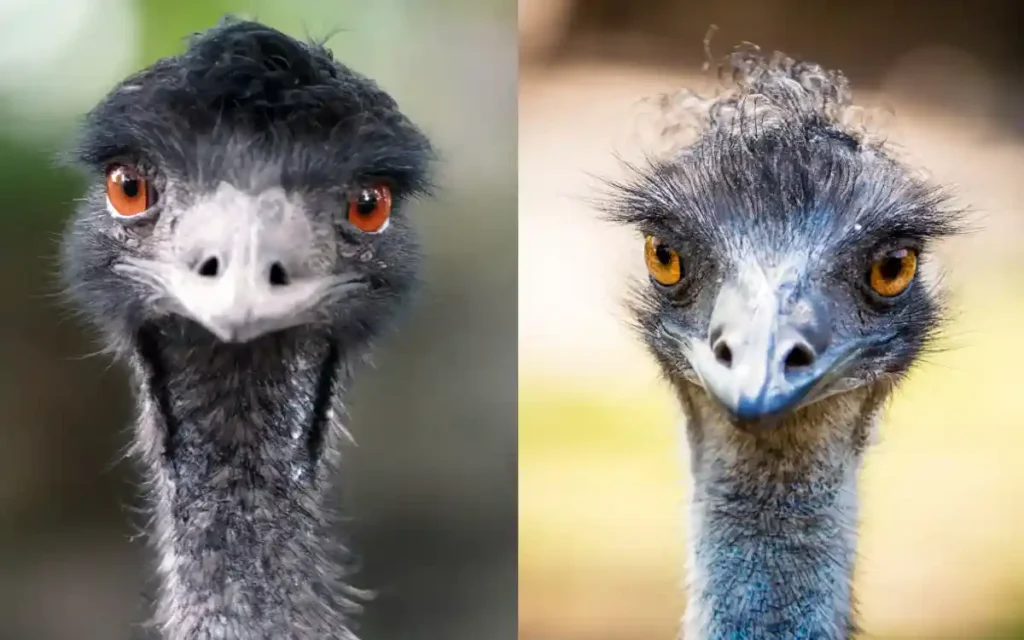
- Description and Physical Characteristics: Emus are the second-largest birds in the world, reaching up to 6 feet in height. They have long necks, powerful legs, and grey-brown feathers with black tips.
- Habitat and Diet: They are native to Australia, thriving in diverse habitats from rainforests to arid regions. Emus are omnivorous, feeding on a variety of plants, insects, and small animals.
- Geographic Distribution and Behavioral Aspects: Found only in Australia, emus can travel great distances to find food, and they are excellent swimmers. They are known for their curious and friendly nature.
2.Southern Cassowary (Casuarius casuarius):
- Description and Physical Characteristics: The Southern Cassowary is notable for its striking appearance, with bright blue skin on its neck and head, and a horn-like casque on top of its head. They have black body feathers and robust, powerful legs.
- Habitat and Diet: Native to the tropical rainforests of New Guinea and northeastern Australia, cassowaries are primarily frugivores, eating mostly fruit, but they also consume fungi, insects, and small vertebrates.
- Geographic Distribution and Behavioral Aspects: Cassowaries are solitary and can be aggressive, especially when threatened. They play a crucial role in seed dispersal in their ecosystems.
3. Greater Rhea (Rhea americana):
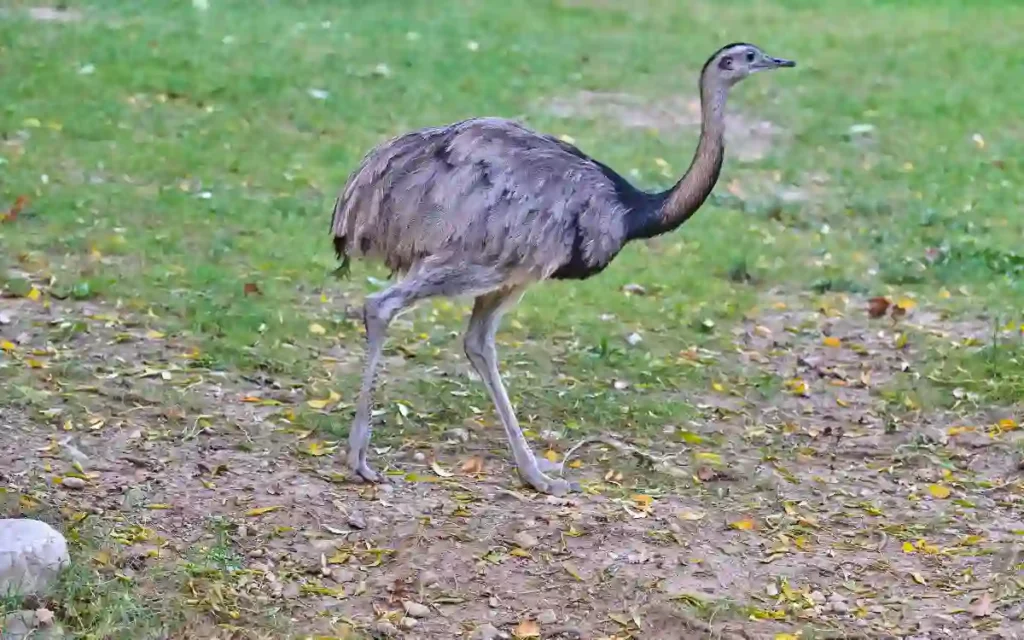
- Description and Physical Characteristics: The Greater Rhea is the largest bird in South America, standing up to 1.5 meters tall. They have grey or brown plumage, long legs, and large, spreadable wings.
- Habitat and Diet: Their habitat includes open grasslands and savannas across South America. They are omnivorous, feeding on a mix of plants, seeds, insects, and small vertebrates.
- Geographic Distribution and Behavioral Aspects: Greater Rheas are found in Brazil, Bolivia, Argentina, Paraguay, and Uruguay. They are known for their fast running and good swimming abilities. Males are responsible for incubating eggs and raising the young.
4. Kiwi (Apteryx):
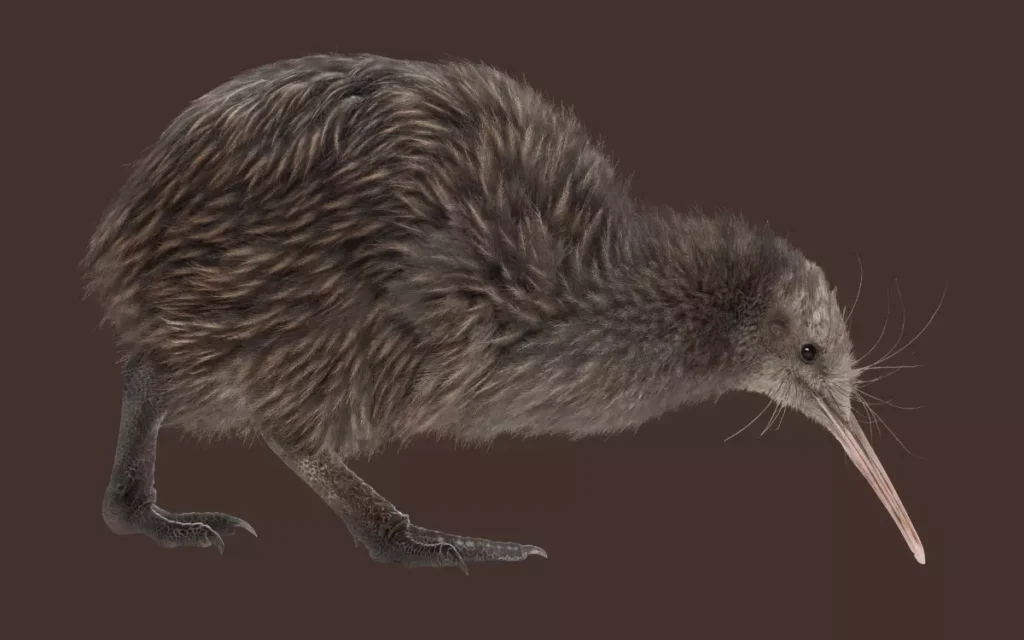
- Description and Physical Characteristics: Kiwis are small, flightless birds, about the size of a domestic chicken. They have unique hair-like feathers, a long beak with nostrils at the tip, and stout legs.
- Habitat and Diet: Kiwis inhabit New Zealand’s forests and mountains. They are nocturnal and forage for insects, worms, and small invertebrates at night.
- Geographic Distribution and Behavioral Aspects: Exclusively found in New Zealand, kiwis are solitary and shy. They have a highly developed sense of smell, which is unusual for a bird, and they lay one of the largest eggs with the body size of any bird in the world.
5. Marabou Stork (Leptoptilos crumenifer):
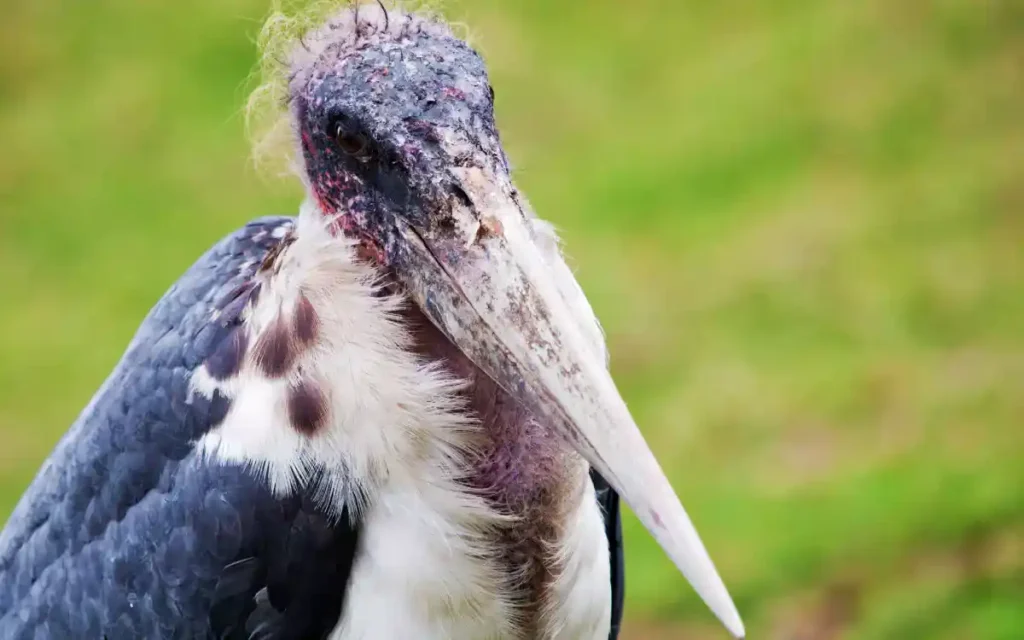
- Description and Physical Characteristics: The Marabou Stork is a large wading bird with a distinct appearance, characterized by its long neck, bare head, and black body. It can reach up to 5 feet tall and has a wingspan of up to 11 feet. It has a small patch of white feathers on its belly and long, pink legs.
- Habitat and Diet: This bird is commonly found near water sources like lakes, rivers, and wetlands in Africa. It is a scavenger, feeding primarily on carrion, but also eats small mammals, reptiles, and amphibians.
- Geographic Distribution and Behavioral Aspects: The Marabou Stork is widespread across sub-Saharan Africa. It typically nests in trees and is known for its scavenging behavior, often seen around landfill sites and slaughterhouses.
6. Greater Flamingo (Phoenicopterus roseus):
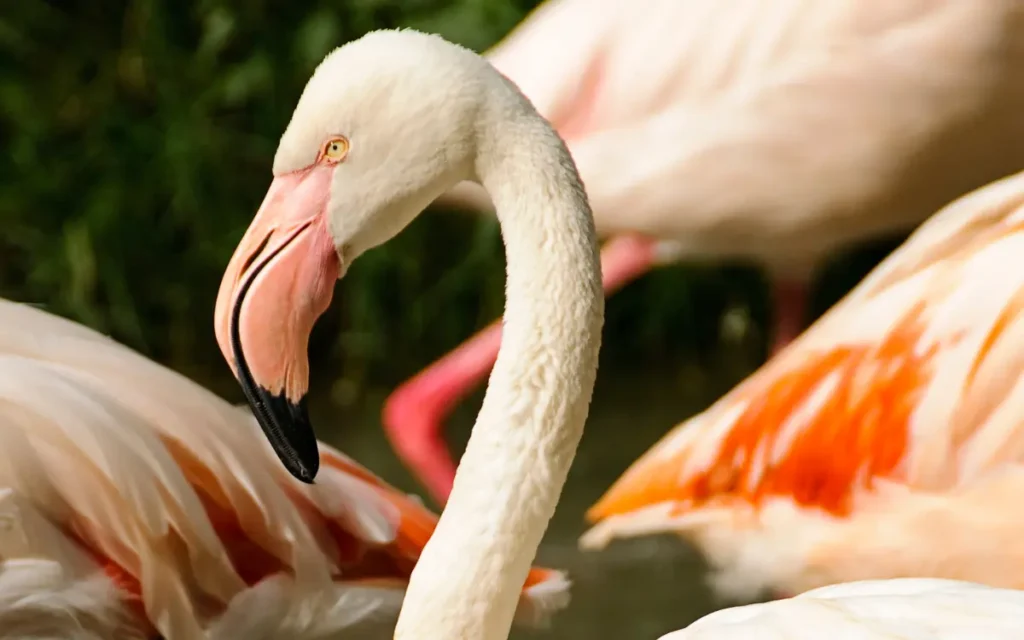
- Description and Physical Characteristics: The Greater Flamingo is notable for its pink or white plumage, long legs, and distinctive downward-curving bill, which is pink with a black tip. It can reach up to 5 feet tall.
- Habitat and Diet: This species is found in Africa, Asia, and Europe, primarily near lakes, marshes, and other wetlands. They feed on shrimp, crustaceans, and small aquatic animals.
- Geographic Distribution and Behavioral Aspects: The Greater Flamingo is the tallest species of flamingo and typically nests in large colonies. It is known for its graceful wading and feeding behavior in shallow waters.
7. Trumpeter Swan (Cygnus buccinator) :
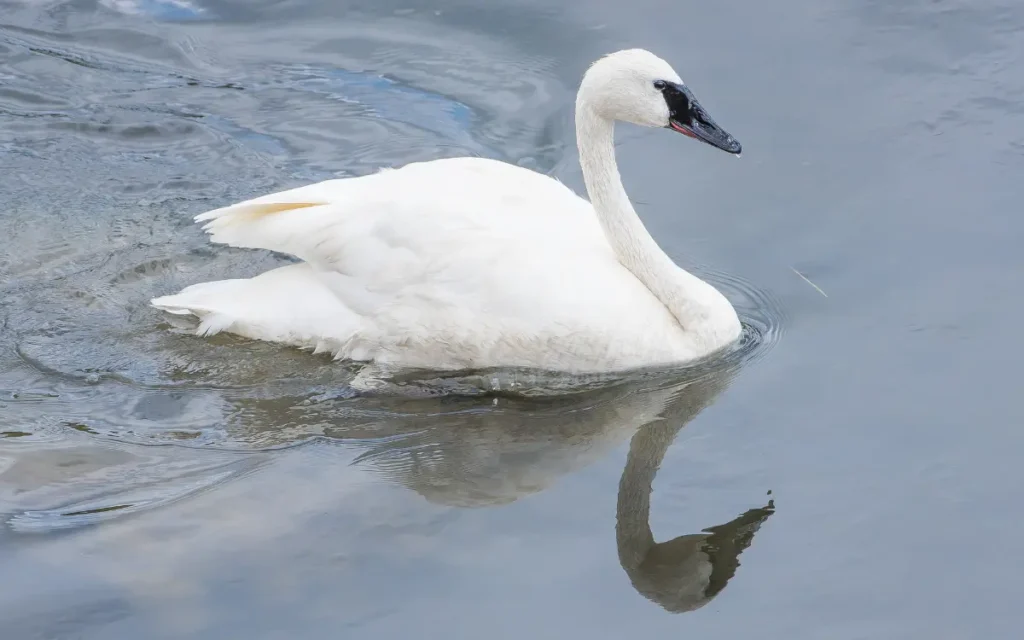
- Description and Physical Characteristics: The Trumpeter Swan is the largest species of swan, with a wingspan of up to 98 inches and weighing up to 30 lb. It has all-white plumage and a black bill.
- Habitat and Diet: Native to North America, these birds are found in wetlands, rivers, and lakes. Their diet primarily consists of aquatic plants, but they may also eat small fish and insects.
- Geographic Distribution and Behavioral Aspects: Trumpeter Swans are known for their powerful, trumpeting calls. They were once near extinction but have recovered due to conservation efforts. They are most common in Alaska and the northern U.S. states.
Read also: 12 Bird similar to toucan: Exploring Species
8. Whooping Crane (Grus americana):

- Description and Physical Characteristics: The Whooping Crane is one of the tallest North American birds, standing at about 5 feet tall. It has a distinctive white plumage with black wingtips and a red crown.
- Habitat and Diet: These cranes inhabit marshes, wet prairies, and other wetlands. Their diet includes crustaceans, fish, and small mammals.
- Geographic Distribution and Behavioral Aspects: Whooping Cranes are native to North America, with a primary breeding ground in Wood Buffalo National Park in Canada and wintering grounds along the Gulf Coast of Texas. They are known for their elaborate courtship dances and are an endangered species, with conservation efforts ongoing to protect their habitats and increase their numbers.
9. California Condor (Gymnogyps californianus):
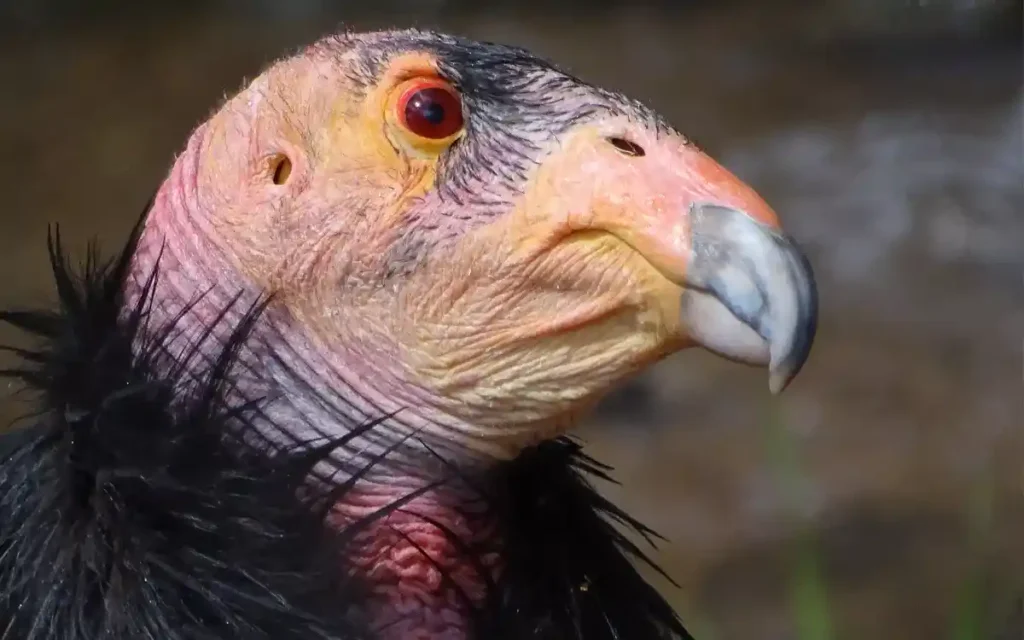
- Description and Physical Characteristics: The California Condor is one of the largest North American birds, with a wingspan of about 9.5 feet. It has a bald head, predominantly black plumage, and white patches under the wings.
- Habitat and Diet: This scavenger bird primarily inhabits rocky, forested regions where it can find large carcasses to feed on, such as those of deer, cattle, and sheep.
- Geographic Distribution and Behavioral Aspects: The California Condor is native to the western United States, particularly California, Arizona, and Utah. It is a critically endangered species, having been brought back from the brink of extinction through conservation efforts. These birds are known for their soaring flight, gliding on air currents for miles without a single wingbeat.
10.Kori Bustard (Ardeotis kori):
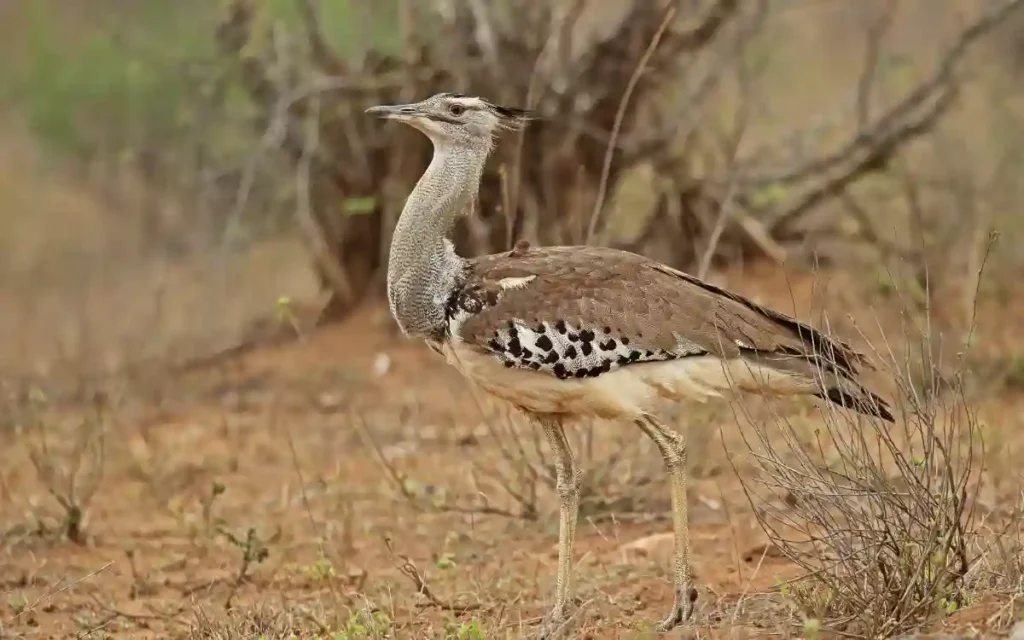
- Description and Physical Characteristics: The Kori Bustard is the largest flying bird native to Africa. It has a long neck and legs, with a heavy body. The plumage is primarily grey and brown, with a distinctive black crest on the head.
- Habitat and Diet: Kori Bustards are found in open grasslands and semi-desert regions, where they feed on a variety of items, including insects, small mammals, and reptiles, as well as seeds and berries.
- Geographic Distribution and Behavioral Aspects: This bird is widespread across southern Africa, except in densely wooded areas. Kori Bustards are known for their impressive courtship displays, where males puff up their feathers and inflate their throats. Despite their size, they are capable of flying and often do so when startled.
FAQS:
Q: What animal resembles an ostrich?
Ans: Animals resembling ostriches include the Greater Rhea, kiwi, Marabou stork, Greater Flamingo, and Trumpeter Swan, among others. These birds share physical characteristics like long necks and legs with the ostrich.
Q: What is the ostrich more similar to?
Ans: The ostrich is most similar to other ratites like the emu, rheas, cassowary, and kiwis. These are large, flightless birds with no keel on their sternum, which is typical of ratites.
Q: What is the ostrich-like bird in India?
Ans: There isn’t a specific mention of an ostrich-like bird native to India in the sources. However, birds like the Greater flamingo and various species of storks, which are found in India, have some resemblance to ostriches in terms of long legs and necks.
Q: What blue bird is similar to an ostrich?
Ans: The Cassowary, particularly the Southern Cassowary, is known for its striking blue face and neck, making it a unique bird that shares some resemblance with the ostrich in terms of size and flightlessness.
Q: Flying bird similar to an ostrich?
Ans: The Kori Bustard, native to Africa, is the largest flying bird and shares some physical traits with the ostrich, such as size and habitat preferences. However, unlike the ostrich, the Kori Bustard is capable of flight
Conclusion:
Birds like emus, rheas, cassowaries, and kiwis share key traits with ostriches, such as flightlessness and unique physical features, highlighting the diversity and adaptability of avian species across different continents and ecosystems

